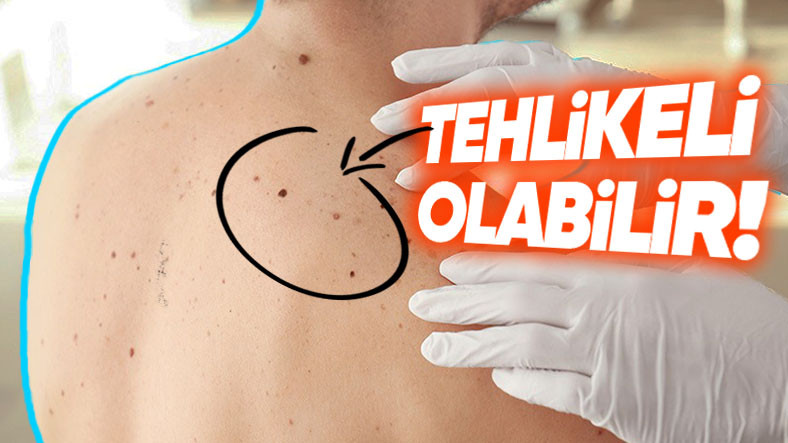Why and how do different moles appear on everyone’s body?
- August 2, 2024
- 0
from childhood Moles that integrate with our body, Sometimes it can occur after aging. “Should we be concerned about moles that form on any part of the skin?
from childhood Moles that integrate with our body, Sometimes it can occur after aging. “Should we be concerned about moles that form on any part of the skin?

from childhood Moles that integrate with our body, Sometimes it can occur after aging.
“Should we be concerned about moles that form on any part of the skin? Why and how does it occur??” If you’re wondering, read on!

formation of moles, It is caused by the gathering of melanocyte cells in the skin. Melanocytes produce the pigment melanin, and this pigment gives the skin its color.
Normally melaninAlthough these cells are evenly distributed on our skin, sometimes these cells cluster and cause the formation of moles. As melanin is distributed to different parts of the skin, normally these pigmented formations, i.e. moles, appear when melanocytes cluster.

genetic predisposition It also plays an important role in the formation of moles. In addition, hormonal changes such as puberty, pregnancy and aging affect the number and appearance of moles.
long lasting or intense exposure to the sun We must not forget that it causes melanocytes to produce excessive pigment.
Moles over time may show various changes. They may grow, shrink, change color, or change shape. These changes usually occur over many years as the skin changes and are not a cause for concern.
However a sudden growth of molesWe must say that it is necessary to consult a dermatologist when color change, bleeding or change in shape is observed.

Therefore, moles are a risk factor for skin cancer. Studies conducted cases of melanoma This shows that about half are related to changes in pre-existing moles.
There are some features to consider when evaluating moles. Asymmetrical, with irregular edgesMoles that can range in color from light brown to black and are generally larger than 5 mm in diameter are classified as atypical moles and are at high risk for developing melanoma.
Increases the risk of melanoma Other factors include staying indoors for long periods of time, exposure to excessive sunlight during short vacations, and sunburn. In addition, artificial ultraviolet rays such as tanning beds also increase the risk of melanoma.
If you experience the opposite situation, the healthiest and most reliable outcome is: You will need to see a dermatologist.
Follow Webtekno on X and don’t miss the news
Source: Web Tekno
Ashley Johnson is a science writer for “Div Bracket”. With a background in the natural sciences and a passion for exploring the mysteries of the universe, she provides in-depth coverage of the latest scientific developments.